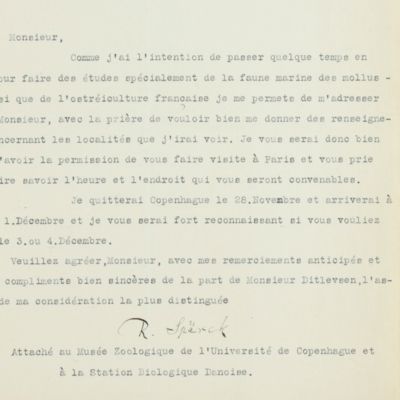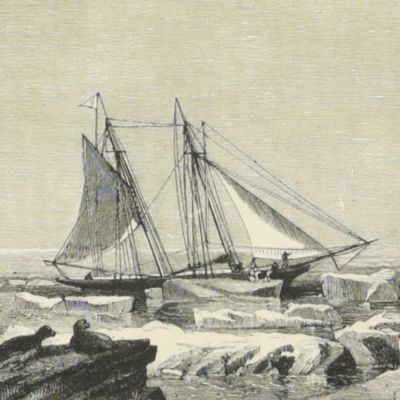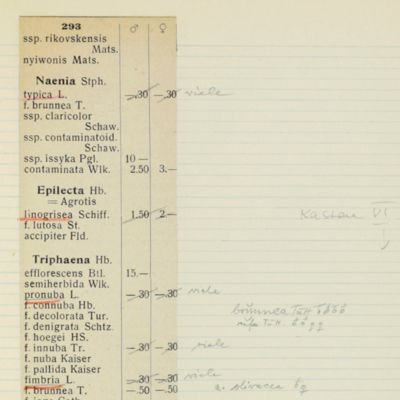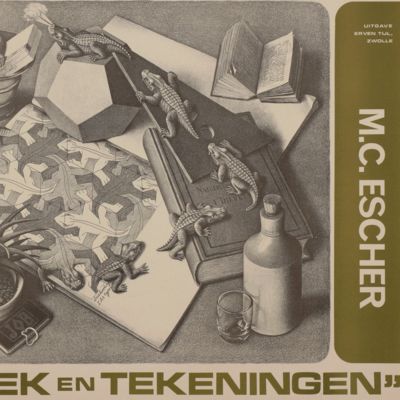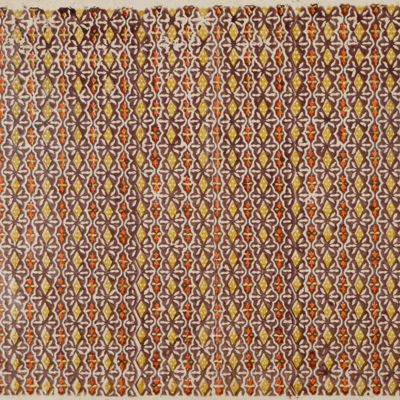Schlegel, H. and F. P. L. Pollen
Recherches sur la Faune de Madagascar et de ses Dépendances, d'apres les Découvertes de François P. L. et D. C. Van Dam. 2me partie. Mammifères et Oiseaux.
Leyde [Leiden], J. K. Steenhoff, [1867-]1868. 4to (27.7 x 20.2 cm). xix, 186 pp.; 40 lithographed plates of which 38 hand-coloured, partly heightened with gum arabic, and two plain (as intended, showing skulls and teeth). Later polished half calf over marbled boards. Spine with gilt bands and title. Marbled endpapers.
A very rare work, with many new species, dedicated to the King of the Netherlands. With a list of subscribers, a " Commentaire a la synopsis des oiseaux de Madagascar publiée en 1861"by the German ornithologist Karel Johan Gustav Hartlaub (1814-1900), and a list of vernacular names in several Malagasy languages. Written by the German-born zoologist Hermann Schlegel (1804-1884) and the Dutch naturalist and merchant François Paul Louis Pollen (1842-1886). Pollen (1842-1886) went to Leiden to study medicine, but Hermann Schlegel encouraged him to study zoology. Together with his companion Douwe Casparus van Dam (1827-1898), he made an expedition to Madagascar which lasted from November 1863 to July 1866. They collected insects, fish, birds, and mammals for the Rijksmuseum van Natuurlijke Historie [National Museum of Natural History] in Leiden. Thanks to his wealth, Pollen was able to finance this trip by himself. Subsequently, he also financed the field work of other naturalists on Madagascar without being directly involved. In addition, he collected animal and plant specimens on the Comoros and on the Mascarenes island of Réunion. The list of subscribers, mainly academies and bookshops, contains only 43 names, of which no more than ten are from the Netherlands, for a total of 54 copies. The most interesting names are: William Jardine, C. R. Bree, Giacomo Doria, and D. G. Elliot. Nowadays, the work is very rare. The beautiful plates are by arguably the best 19th-century bird painter, John Gerrard Keulemans (1848-1912), and printed in Leiden. Thirty plates (all coloured) show birds. Ten plates, including the plain plates, show mammals. According to Keulemans and Coldewey, Keulemans provided 38 plates, but we see no reason to assume that two plates (the plain ones?) were made by another artist. For the dating of the parts see Zimmer, who remarked, "the plates are very good". Provenance: Cyrillic bookplate "Nikolai Mikhailovich" with a crown, mounted on the front pastedown. Grand Duke Nicholas Mikhailovich of Russia (1859-1919) was the eldest son of Grand Duke Michael Nikolaevich of Russia and a first cousin of Alexander III. "On 29 January 1919, Nicholas was moved to Peter and Paul Fortress in Petrograd, and in the early hours of the following day he was shot there by a firing squad, along with his brother, Grand Duke George Mikhailovich, and his cousins Grand Dukes Paul Alexandrovich and Dmitry Konstantinovich. According to historians Edvard Radzinsky, their executions had been ordered by Vladimir Lenin as retaliation for the recent summary executions of Karl Liebknecht and Rosa Luxemburg in Berlin, by Freikorps forces loyal to the Weimar Republic" (Wikipedia). Some light, scattered, marginal foxing, as usual; the edges of the first few text leaves a bit brittle and chipped, the top margin of the title with a small, skilful repair; otherwise a fine copy. Anker, 446 (under Schlegel); Keulemans and Coldewey, Feathers to Brush. The Victorian Bird Artist John Gerrard Keulemans. 1842-1912, p. 64; Nissen IVB, 831 (under Schlegel); Nissen ZBI, 3214 (under Pollen); Zimmer, p. 494 (under Pollen).
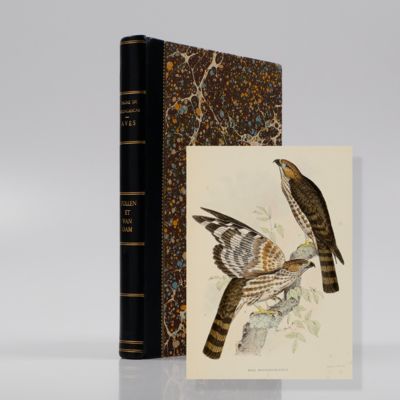
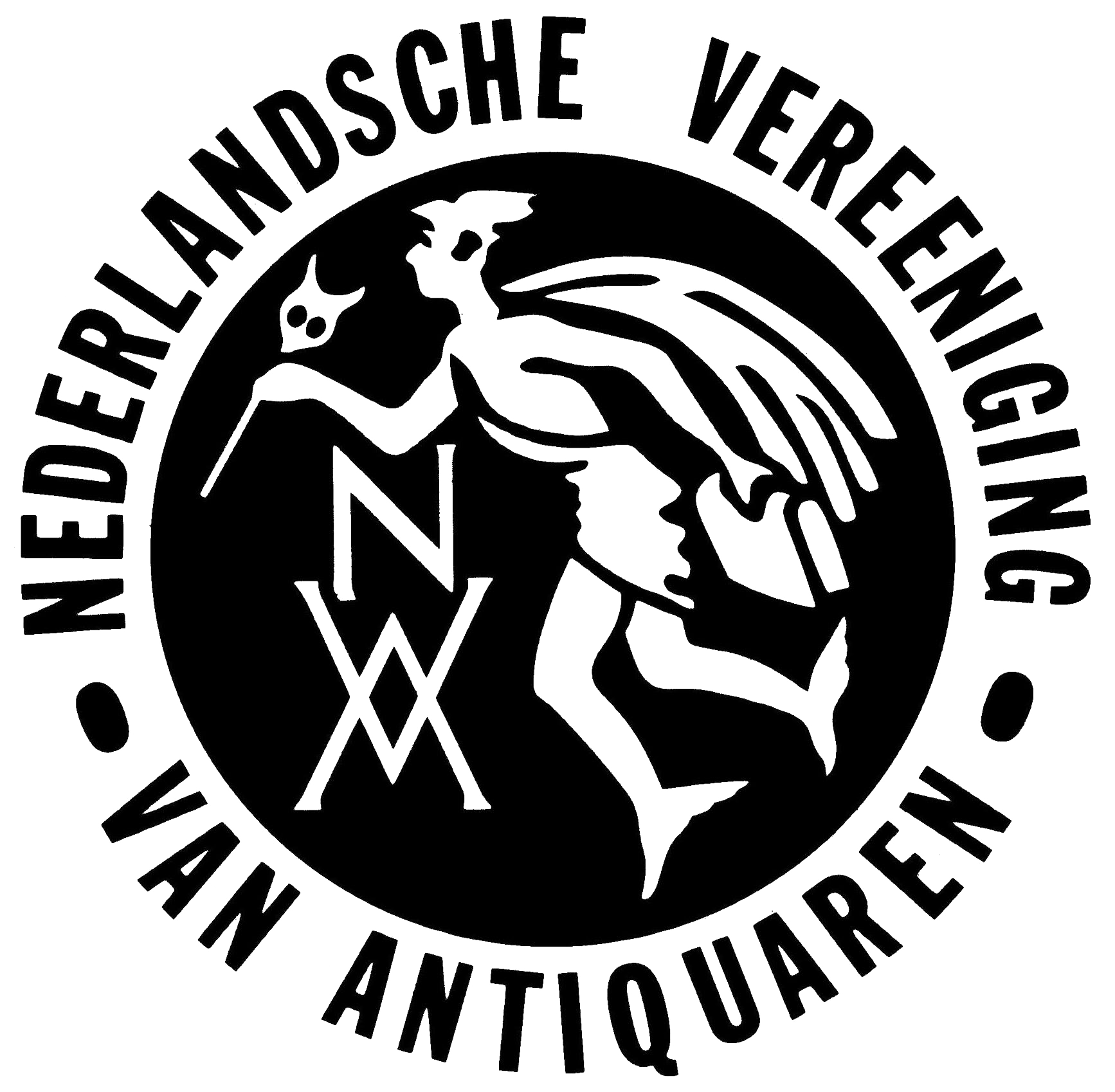
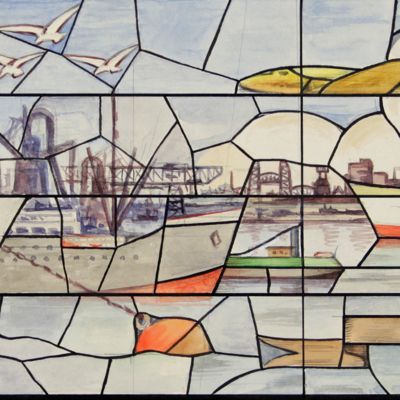
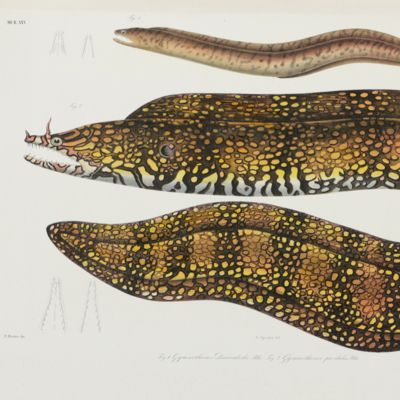
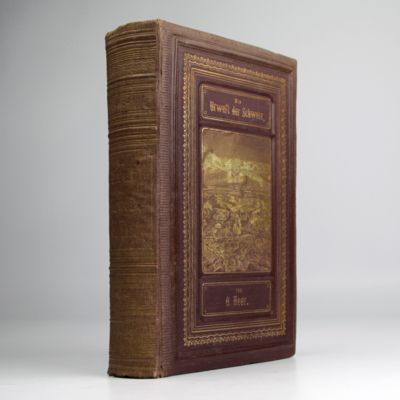
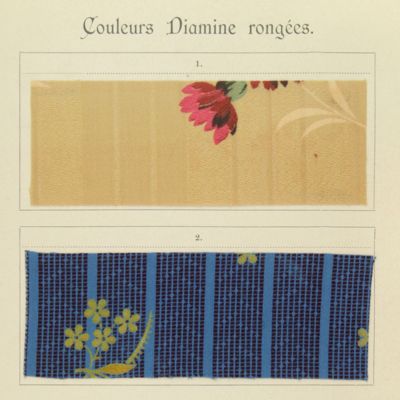
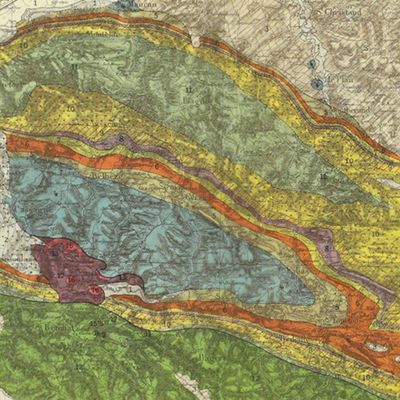
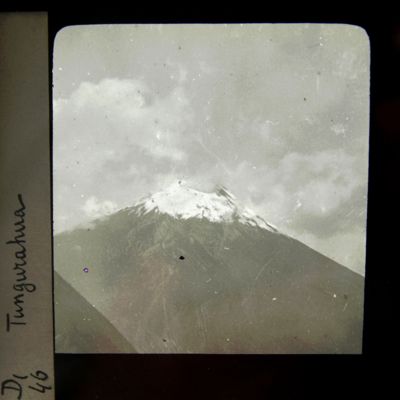
![image for Application de la main-d'oeuvre féminine au travail des obus. [AND] Usines André Citroën. Vues photographiques des usines André Citroën de mars a ocobre 1915 [at] 143 quai de javel, Paris.](https://schierenberg.nl/media/cache/product_thumb/77190/77190_x.jpg)
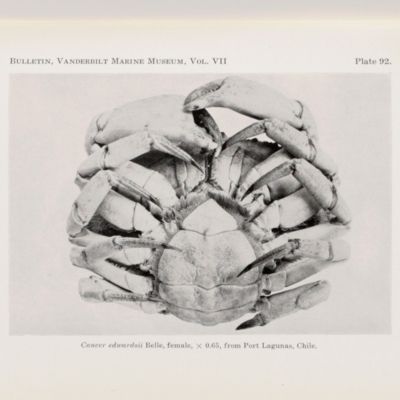
![image for Les mollusques marins du Roussillon. Tomes I - II. [Complete].](https://schierenberg.nl/media/cache/product_thumb/75261/75261_x.jpg)
![image for Pfefferfresser. Tukane. [Tucans].](https://schierenberg.nl/media/cache/product_thumb/75775/75775_x.jpg)
![image for [Lektsii o rabote glavnikh pischevaritelnikh zhelez; Lectures on the work of the principal digestive glands].](https://schierenberg.nl/media/cache/product_thumb/51496/51496.jpg)
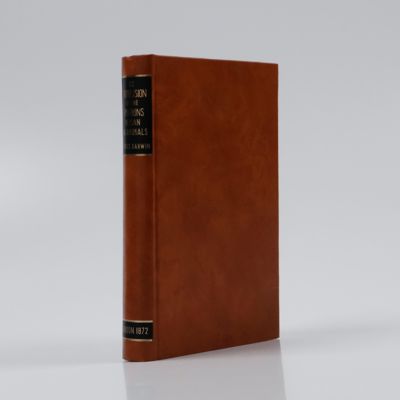
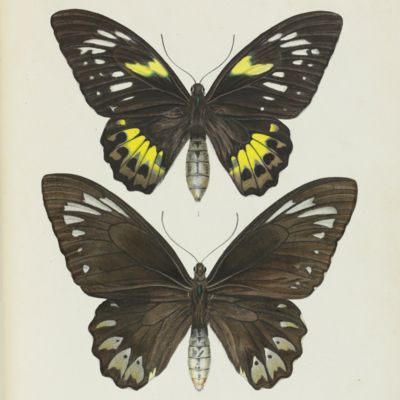
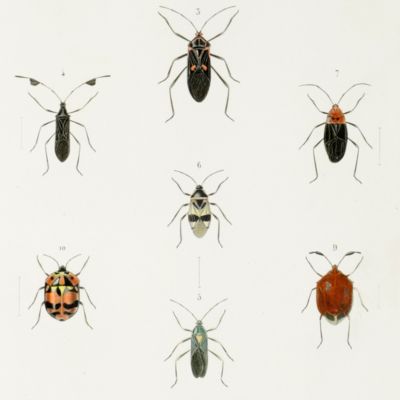
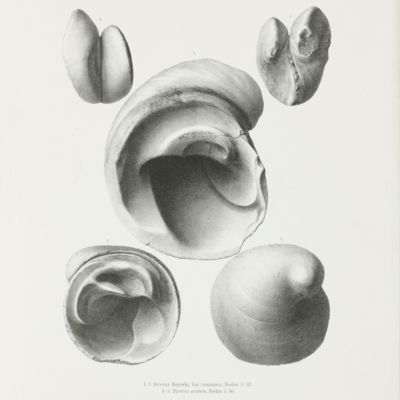
![image for Beschrijving van een nieuwen zoetwater-visch van Borneo, <em>Osteoglossum formosum</em>. [AND] Beschrijving van vier oost-Indische zeevisschen behoorende tot het geslacht <em>Amphacanthus</em>. [AND] Overzigt der uit de Sunda- en Moluksche zeeën bekende visschen van de geslachten <em>Amphiprion, Premnas, Pomacentrus, Clyphisodon, Dascyllus</em> en <em>Heliases</em>.](https://schierenberg.nl/media/cache/product_thumb/70391/70391_x.jpg)
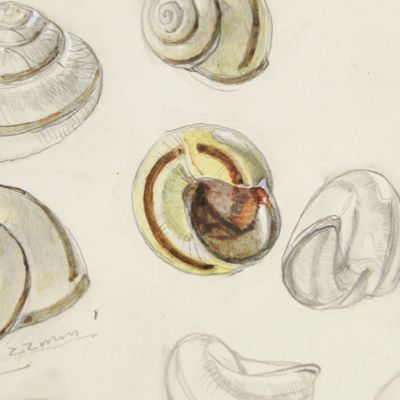
![image for Petermann's Geographische Mitteilungen. Volumes 1-12. [Mittheilungen aus Justus Perthes' geographischer Anstalt über wichtige neue Erforschungen auf dem gesammtgebiete der Geographie von Doktor A. Petermann].](https://schierenberg.nl/media/cache/product_thumb/69463/69463_x.jpg)

![image for "Book simulant", "Buch Atrappe" or "Faux Livre". [Cookie Jar].](https://schierenberg.nl/media/cache/product_thumb/78269/78269.jpg)
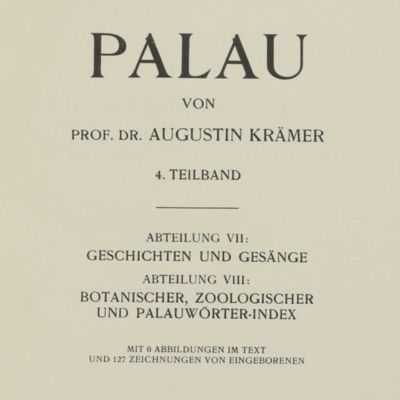
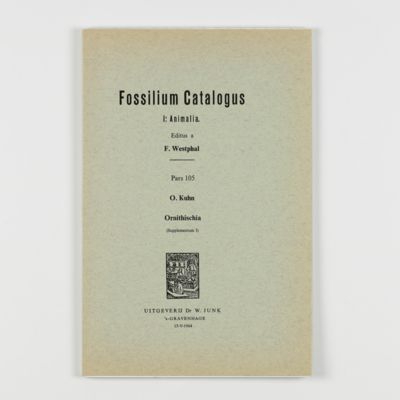
![image for A Monograph of British Graptolites. [AND] A Synoptic Supplement to "A monograph of British Graptolites by Miss G. L. Elles and Miss E. M. R. Wood".](https://schierenberg.nl/media/cache/product_thumb/19361/19361.jpg)
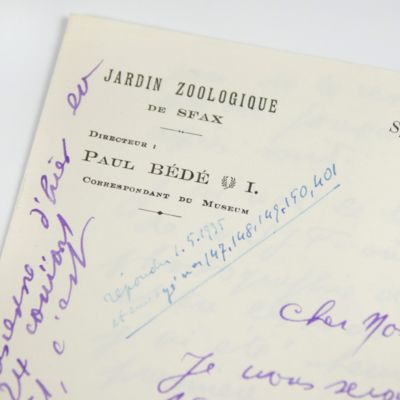
![image for Alphabet Pittoresque [Hidden letters in architectural views: the letter V].](https://schierenberg.nl/media/cache/product_thumb/78442/78442_x.jpg)
